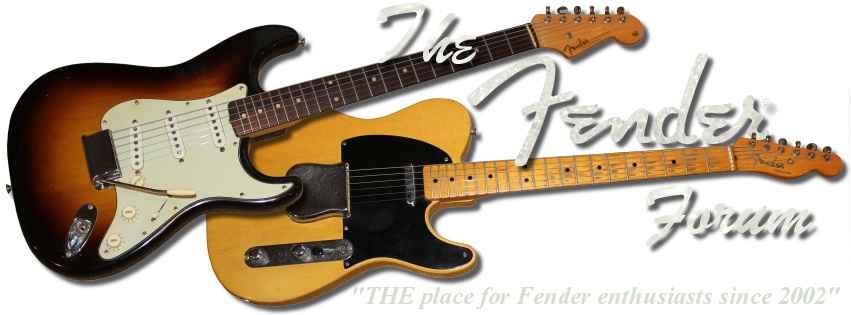In traditional western music (our music), basic harmonic theory associates a chord with each note of the major scale. In the key of C for example you have 1-2-3-4-5-6-7-8, Do-Re-Mi-Fa-So-La-Ti-Do. The notes are of course C-D-E-F-G-A-B-C. Since the 1st and 8th notes are identical, we will consider only the first 7 "different" notes for this discussion.
1 – C – Do
2 – D – Re
3 – E – Mi
4 – F – Fa
5 – G - So
6 – A – La
7 – B – Ti
Notice there are no flats or sharps (b/#). These are all the white keys on a piano.
In the key of Ab it looks like this:
1 – Ab – Do
2 – Bb – Re
3 – C – Mi
4 – Db – Fah
5 – Eb – Sol
6 – F – La
7 – G – Ti
Notice that there are four flats (b).
(Back to key of C), the 4-note chords associated with each note in the C major scale are:
1 - Cmaj7 (C-E-G-B)
2 - Dm7 (D-F-A-C)
3 - Em7 (E-G-B-D)
4 - Fmaj7 (F-A-C-E)
5 - G7 (G-B-D-F)
6 - Am7 (A-C-E-G)
7 - Bm7b5 (B-D-F-A)
Since it is necessary to use 2 octaves to form all the chords, some of the notes in the second octave take on different numerical designations depending on their context:
(1)-2-3-4-5-6-7-(1)-9-3-11-5-13-7-(1)
(C)-D-E-F-G-A-B-(C)-D-E-F-G-A-B-(C)
It is by simple tradition and convention that we use these designations. You can see that an A note in the key of C major is either a 6 or a 13 depending on which octave you are in. Likewise 4/11 and 2/9 designate the exact same notes. There are exceptions but this is the general rule of thumb.
Each chord is "made up" of the notes of the major scale. The tonic or root Cmaj7 chord is the 1-3-5-7 notes of the C major scale (C-E-G-B) played together. The Dm7 is the 2-4-6-1 notes (D-F-A-C), and so on, moving up each time and continuing to skip a scale note in between each time, but always using the same original 7 notes of the C major scale.
Note: The notes for the Fmaj7 chord scale in the key of C are: F-G-A-(B)-C-D-E-F (Lydian mode). Notice that the 4th tone is a B, not a Bb. This is an important difference between an Fmaj7 chord scale in the key of F (Ionian mode) F-G-A-(Bb)-C-D-E-F.
You should also try thinking of the major scale notes/chords in terms of Roman Numerals too. You might see them represented that way from time to time. Know what they mean.
Chord Families: There are basically three families of chords: Tonic, Sub-dominant, and Dominant. You can use chords from the same family as substitutions for each other. Also, learn to recognize (hear) when the families change, you should be able to tell by "listening" to what family is being played at any given point in the song. This will improve your ear training. Transposing all of this to the other 11 keys is up to you.
I - Cmaj7 - Tonic family
II - Dm7 - Sub-dominant family
III - Em7 - Tonic family
IV - Fmaj7 - Sub-dominant family
V - G7 - Dominant family
VI - Am7 - Tonic family
VII - Bm7b5 - Dominant family
Tonic Family: There are 3 tonic family chords: I, III & VI. All may sub for each other.
Sub Dominant Family: There are 2 sub-dominant family chords: II & IV. Both may sub for each other.
Dominant Family: There are 2 dominant family chords: V & VII. Both may sub for each other.
If your song says to play a C-F-G7, you can substitute the chords Am-Dm-Bm7b5 instead.
Modes for Guitar




 Reply With Quote
Reply With Quote




